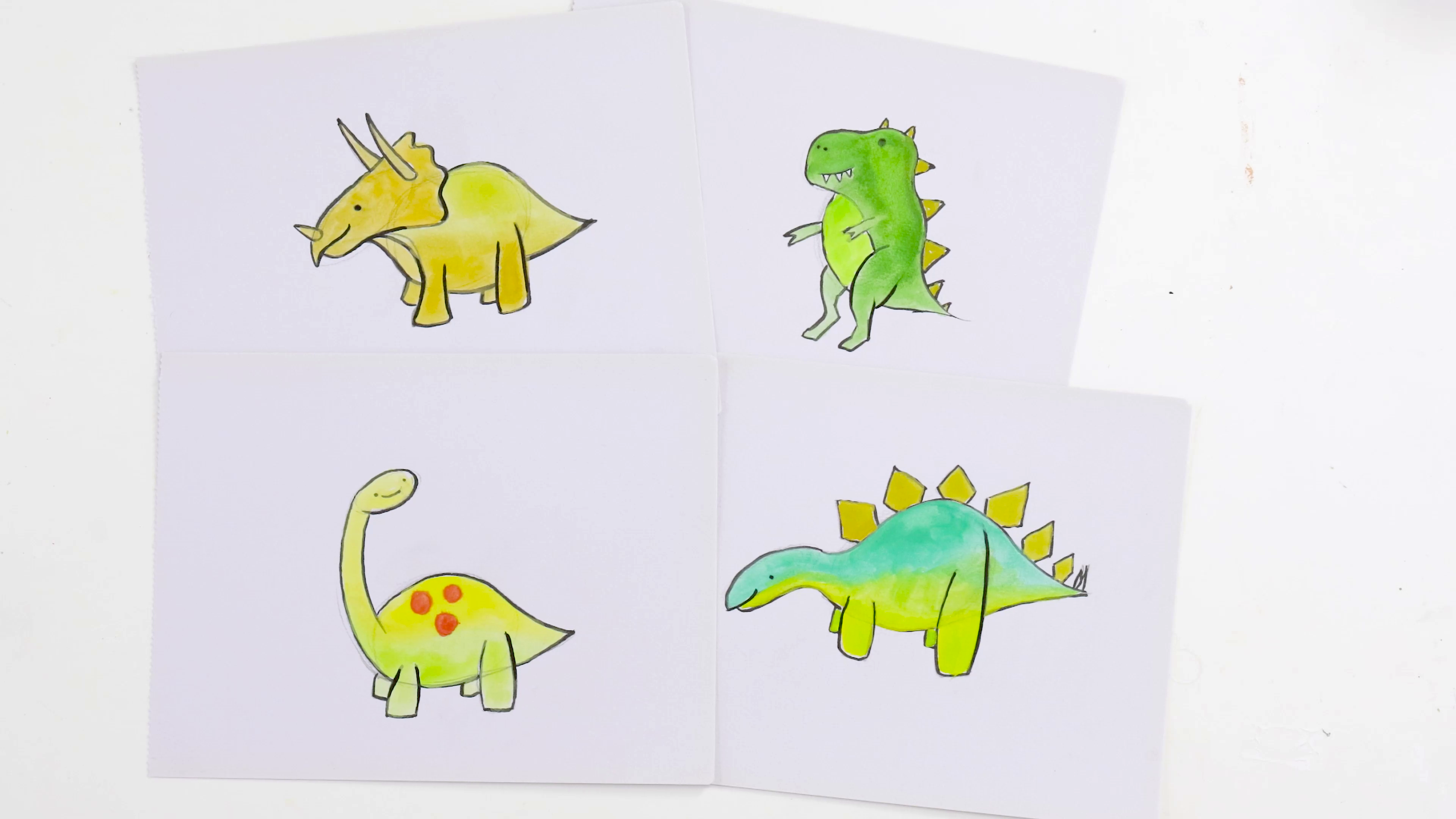Graphite pencils would have to be the most easily accessible and economical art material that one can use, and are generally the first art material that children are introduced to. As such, they are considered a fantastic gateway art material. Graphite pencils are beautiful in their simplicity and depending on the skill of the user, really beautiful work can be created. So here are a few tips that you might like to use to make the most of your graphite pencils.
Understanding the differing weights of the strip [lead] in each graphite pencil
Graphite pencils are numbered according to the intensity of the mark that is created by them, and it is helpful to appreciate why and how they differ from one another. Graphite pencils all contain the same type of graphite, but the strips also contain clay. It is the differing ratios of graphite to clay that supplies the pencil with its inherent shore hardness. To create a softer strip more clay is added to the graphite. Here is a rundown of the strengths and uses of the more common pencil weights. Incidentally the H stands for ‘hard’ and the B stands for ‘black’.
1) 2H - The hardest strip. Creates a very light mark. Good for technical drawing and light guideline work. Keeps a sharp tip for a very long duration.
2) H - Softer than 2H but still hard. Good for initial rough shaping to create construction lines.
3) F - The pencil that is generally used to mark up canvases prior to painting. Hard enough to keep a fine tip but soft enough for a visible mark to be created.
4) HB - The general purpose pencil. Holds a fine tip for a considerable time. Also a good writing pencil.
5) B - This pencil contains just enough clay for the mark to be black rather than grey, as is the case with the harder pencils above this weight in the scale. A good pencil to crosshatch with.
6) 2B - The first real pencil in the scale that can be used effectively for shading. Holds a fine tip to a small extent.
7) 6B - A relatively high amount of clay to graphite makes this pencil quite soft and it is the preferred shading pencil. Lays down a lot of tone.
8) 9B - Although there are even softer strips than the 9B, this pencil weight is considered by most to be at the end of the scale, as the strip is so soft it won’t hold a tip. This softness makes it perfect for tonal rendering and smudging. Due to the inability of this weight of pencil to hold a tip, it is best used on its side.
Holding your pencil
It sounds strange but the way one holds a pencil makes a large difference to the mark created. It is essential that the grip is comfortable. There are 3 main ways to hold a pencil.
1) Grip 1 - is the standard grip that one is taught at school for writing. The pencil is held close to the point by the thumb and first two fingers, whilst the little finger and palm act as a rest. This grip is good for fine detail. But of course movement is limited.
2) Grip 2 - is what you use when you draw over a large surface and need to use your hand freely. The pencil is held between the first 2 fingers and the thumb, similar to Grip 1, but the pencil follows the direction of the fingers and is more relaxed. The palm does not act as a rest and the ends of the two fingers can be used as a steadying guide. The whole hand works from the wrist together with the forearm which pivots from the elbow. This method is useful for drawing on vertical surfaces such as a canvas held on an easel.
3) Grip 3 - is a good grip for carrying out larger free-flowing drawings. The pencil is held in the hand as one would hold an umbrella, with the thumb positioned behind the pencil. With the arm held out straight in front of the user. With this method, the whole arm pivots at the shoulder and there is minimal movement at the wrist or elbow. This also allows you to draw from more of a distance. Many find this field of view very useful.
Coordination Exercises
Coordination exercises help you to develop a relaxed approach to drawing. It is a good idea to go through a few of these simple exercises prior to commencing any work.
1) See how far you can draw a straight line without moving your wrist.
2) Try to draw a perfect circle.
3) Draw a series of parallel lines. Make them the same length and the spaces between the lines the same.
4) Draw a straight pencil line across the page, gradually increasing pressure so the line starts off very lightly and finishes dark.
5) Draw a series of spirals with the space between the lines identical.
Tones and shading
Shading is the term to describe the strength of tone on a substrate. The more tone on a surface the darker. Here are a few exercises to help with this tonal technique.
1) Draw 2 parallel lines across a page as guidelines. Using a 6B graphite pencil, create a vignette of tone moving from light to dark between the guidelines. Try to make the transition as smooth as possible.
2) Render a sphere, cube, cylinder and a cone with the light source emitting from 1 side. Include a cast shadow as well.
Crosshatching
Hatching is when a series of lines are drawn closely together but are not joined. Hatching works best when a neat set of lines are drawn and another set of lines are drawn over them at a different angle to create crosshatching. The more intersecting lines the darker the tone. This is a useful method for indicating textures as well as tones.
Smudging
Because graphite is a powder or a pigment, it can be smudged on the paper surface. The graphite powder can be scraped from the tip of the pencil with a blade and then the tone can be applied and smudged with the tip of the finger. The tone can be quite subtle or can be built up heavily to create a dark tone. This technique can be used to apply tone to a drawing in the initial stages, and then other graphite techniques can be laid over the top, thus creating a denser tone. This smudging method is a good way to suggest clouds and fog, and a very good way to create atmosphere also.
Erasing
Erasers are generally thought of only in terms of rubbing out an offending mistake that has been made. But there is much more to them than that. In fact, erasers should be thought of as a creative art tool in their own right. Erasers can be used to lighten areas closest to a light source and to remove tone to suggest subtle background shapes in blocks of colour. This tone removal technique is perfect for creating highlights in hair and in rendering metallic surfaces. Poly rubber erasers work the most effectively for larger areas, where electric erasers facilitate removal of fine amounts of tone with great precision.
So you can see there is quite a lot to know about graphite pencils. And like most artists, you probably have only scratched the surface of this fantastic, versatile medium. If you would like to find out more about using graphite then make sure you check out the attached lesson where we render a beautiful lion using a lot of the techniques outlined in this article.



































